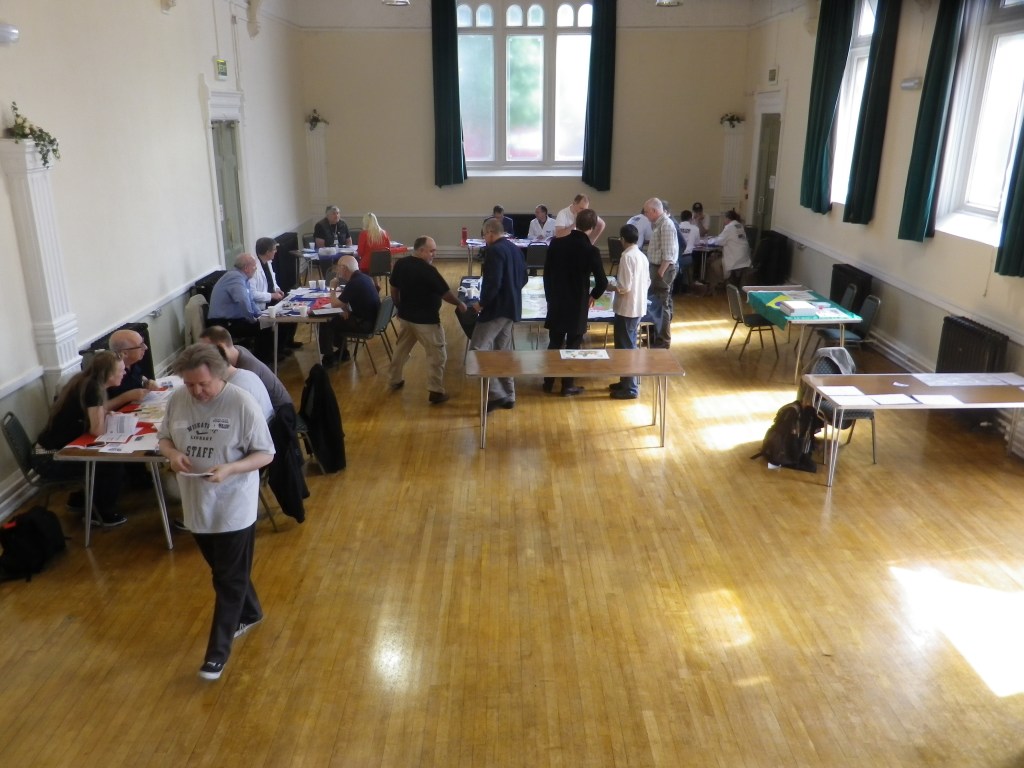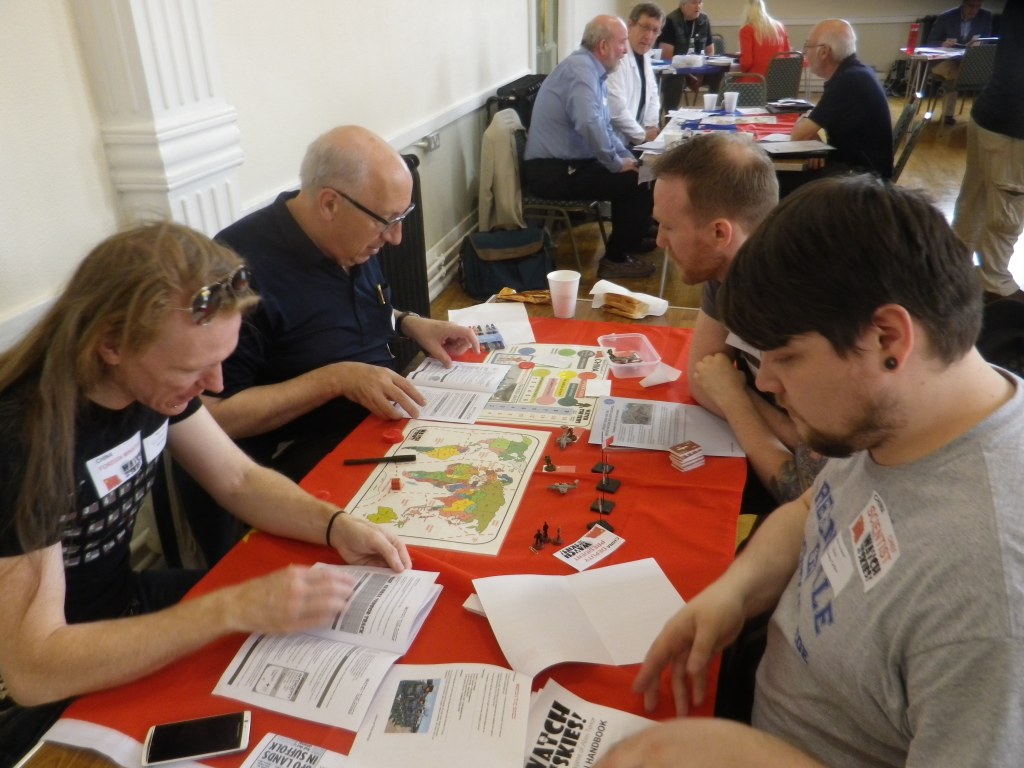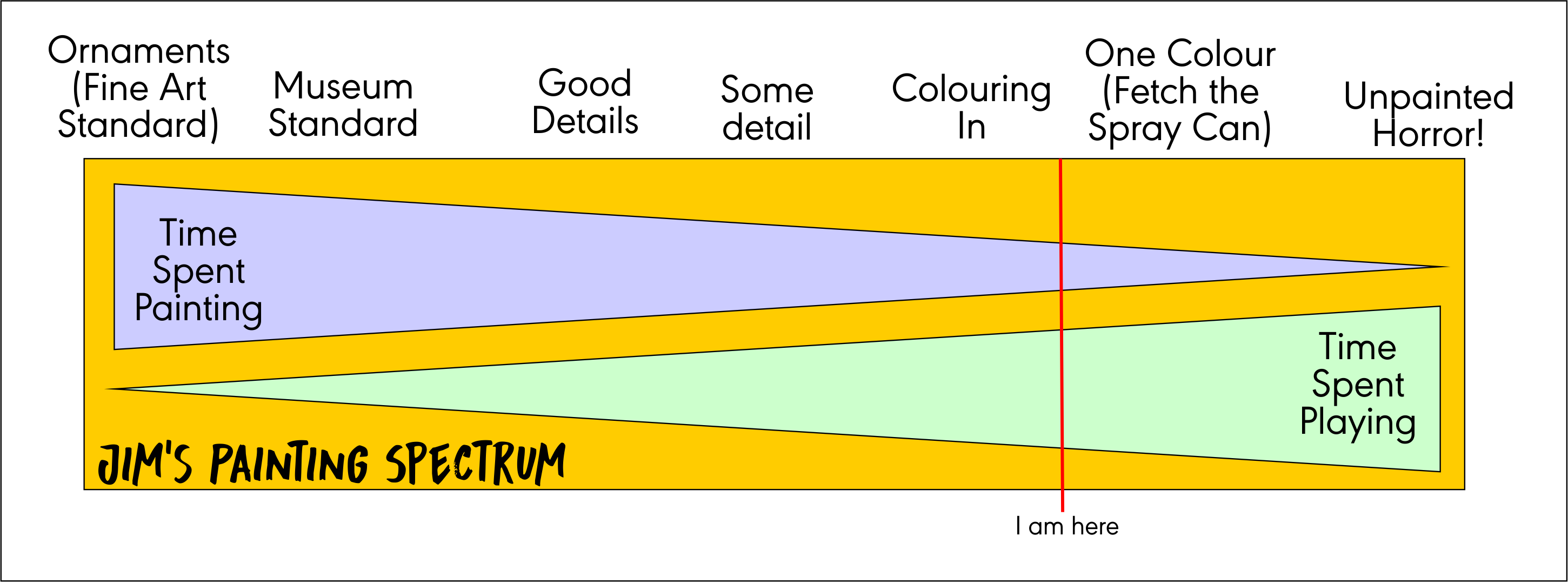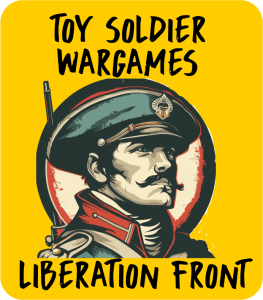It has been 10 Years since I ran the first Watch The Skies Megagame in April 2014.
Thanks to the lovely chaps at Shut Up And Sit Down, the game got a good review, and opened the fun and laughter that is megagaming to a wider audience, ultimately a global audience!

Watch The Skies wasn’t my first megagame, it was my seventieth (and 38th unique game design), but it was still a surprise when it took off and was so popular. I don’t think it is my best megagame design but it did draw in a load of elements from previous designs that, taken together worked reasonably well. In this case the UN element was taken from my Crisis In Binni megagame, the national teams from the political element of both Crisis in Binni and War in the West (formerly Springtime for Hitler) and the use of a central operational map from a large number of previous megagames, such as Crisis In Britannia or Sengoku. From the design point of view the structure is very simple – multiple teams with their own objectives, interacting with each other and deciding on actions to respond to one or more crises. This is one of the standard megagame structures (but by no means the only structure). Complexity of emerging gameplay and the game narrative comes, as ever, from how the players choose to play. There was no ‘traitor mechanic’ and no obvious reason for players to be warlike or not warlike. This simplicity opens the gameplay up to a huge variety of possibilities.

The irony about the success of WTS was that the game was actually cobbled together really quickly. I’d had the basic idea about ten years previously, inspired by my love of the classic PC game, UFO Enemy Unknown, written some brief notes and not much more. Then in 2014, Megagame Makers had a spare slot in the programme which needed a filler game. So the WTS idea got dusted off and, to be honest, thrown together in a couple of weeks. Fortunately, the SUSD team had never seen a megagame before and so probably didn’t notice the rough edges! I was terrified that they would notice and was expecting the game to be ripped apart in their review. Amazingly, they liked it!

Since the game became popular we (perhaps foolishly) ran three sequels where we tried to get all the people who wanted to play Watch The Skies into a single game. WTS2, 3 and 4 were all 300+ player games and complete nightmares! There are those who came away from that experience wanting more, but personally it cured me forever from wanting to do in person games on that scale ever again! That said, we did run the Wide Area Megagame, Urban Nightmare: State of Chaos (UNSOC) in 2017 that involved 600 players – but they were spread over 12 separate but linked megagames. I will write about the trauma that was UNSOC another time.

It became quickly clear that the demand for megagames in general could not be met by me and others in Megagame Makers alone. We had been trying, for some years prior to WTS to spread the word – running games in Leeds and other places, so we knew there were people who were both interested and capable of running their own games in their local area. We had for a long time previously put example game materials on line for download, but this seemed to need something a bit more complete. Hence the idea of megagame download packs – starting with Watch The Skies.
The first problem I encountered with producing a download pack was that writing something for someone else to use is massively different to writing something for friends or for myself. Blindingly obvious I know, but still an important lesson. Answering queries from people who have downloaded WTS forced me to explain a lot of things that seemed ‘obvious’ about what megagames are, what they are not and what is normal in the genre (at least for me). It also helped me improve (I think) how I write game rules, handbooks and briefings – in the past I would always be on hand to explain the things I hadn’t explained very well in a handbook – now I had to try to explain things properly in the materials the first place!
Feedback from users has been (and continues to be) so helpful in that and I still get emails from users and continually refine materials for clarity.
The original game materials were fairly quickly revised and a new edition of Watch the Skies, originally described as Watch the Skies Lite was developed. This removed a lot of unnecessary complexity in the original, clarified the game process and included a step-by-step turn by turn guide for the Control team on how to actually set up and run the game. It was also a chance to improve the game materials and the map significantly, bringing aspects of the players’ ‘control panels’ to the main map table – making the game easier to run with a small number of Controls. This quickly became the standard version and, with only minor edits remains surprisingly popular with over 600 copies downloaded to date.

One of the main limitations for repeating the game though was the alien objectives. Many groups wrote their own versions of the game with very different alien objectives – and in the large 300 player versions I added more complicated alien political sub-games, as well as cults, corporations and cetaceans.
But the basic game remained the one generally available. In 2021 we added the Alien Scenarios pack to address this – creating ten new variants of the Alien briefings to give the game some new life and to allow for a degree of surprise for players who have played before.
In 2015, I predicted that people would be bored of Watch the Skies by about 2016. It just goes to show that prediction is famously difficult – especially of the future!
I have no idea whether we will still see Watch the skies being played in ten years from now, but even if not, its been a fun journey so far, and perhaps it is the right time to release the updated 10th Anniversary version to include additional gameplay options I’ve thought of and even more alien scenarios.
NEWS: Watch The Skies 10th Anniversary Edition is due for release in October 2024.


